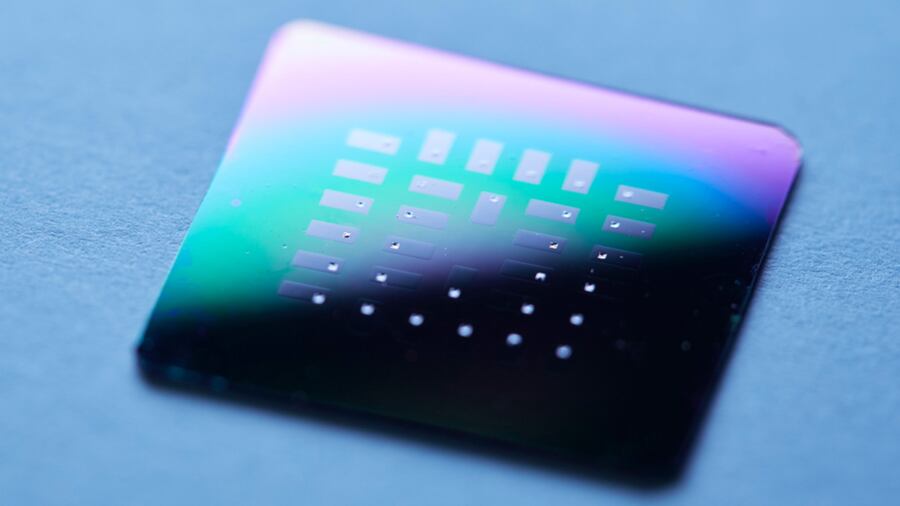Anyone who’s ever gorged themselves on candy or enjoys drinking sodas might know the feelings of a sugar rush—the alleged burst of energy you get from consuming copious amounts of sugary snacks. While it’s likely more myth than fact, your body does use a sugar known as glucose as an energy source to fuel all of your cells to keep you moving. As it turns out, it might be a good way to power medical implants too.
Engineers at MIT and the Technical University of Munich have developed a tiny fuel cell that can convert glucose into electricity. In a paper published in the journal Advanced Materials in April, the device is described as measuring at just 400 nanometers, which is roughly 100 times smaller than the width of a human hair. The ultrathin fuel cell is capable of generating 43 microwatts per centimeter of electricity by drawing on your body’s natural sugars.
The team behind the new fuel believes it could potentially be used as a coating on medical implants like artificial hearts or pacemakers. Those implants could be powered passively while in use without the need for expensive and cumbersome batteries that take up valuable real estate in the body. Replacing batteries for implants is also often costly and requires invasive surgery.
“Glucose is everywhere in the body, and the idea is to harvest this readily available energy and use it to power implantable devices,” Philipp Simons, a co-author of the paper who helped create the fuel cell’s design as a PhD student at MIT and has since graduated, said in a press release. “In our work we show a new glucose fuel cell electrochemistry.”
The cell itself is made of three layers: an anode, an electrolyte, and a cathode. The anode reacts with the sugar in bodily fluids, releasing a pair of protons and a pair of electrons during the process. The electrolyte then takes the electrons to an external circuit where it’s used to power an electronic device. Meanwhile, the protons go through the cathode where it reacts with oxygen to form a harmless water byproduct.
The team actually used ceramic to build the electrolyte layer due to its “long-term stability, small scalability, and silicon chip integration,” Jennifer Rupp, a visiting professor at MIT and co-author of the paper, said in the press release. In fact, the ceramic design allows the device to withstand temperatures up to 600 degrees Celsius. While those temperatures wouldn’t be too great for the body the device is in, it is useful during the high-temperature sterilization process that medical implants go through.
“It is the first time that proton conduction in electroceramic materials can be used for glucose-to-power conversion, defining a new type of electrochemistry,” Rupp said. “It extends the material use-cases from hydrogen fuel cells to new, exciting glucose-conversion modes.”
So like your body, the fuel cell will use your natural sugars as a source of energy—paving the way of getting rid of costly and cumbersome batteries from medical implants for good. If that’s not a good reason to eat another handful of M&Ms, we don’t know what is.







